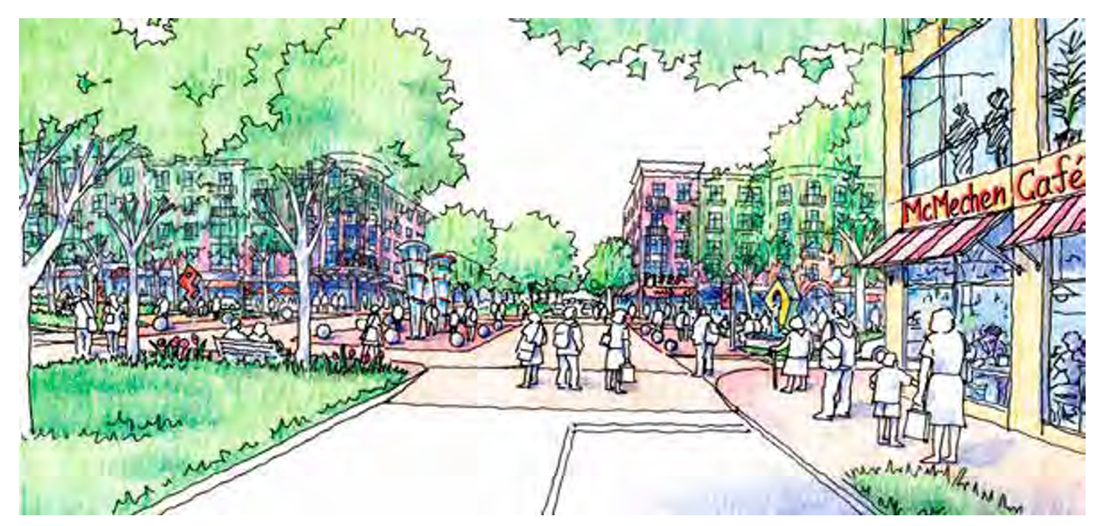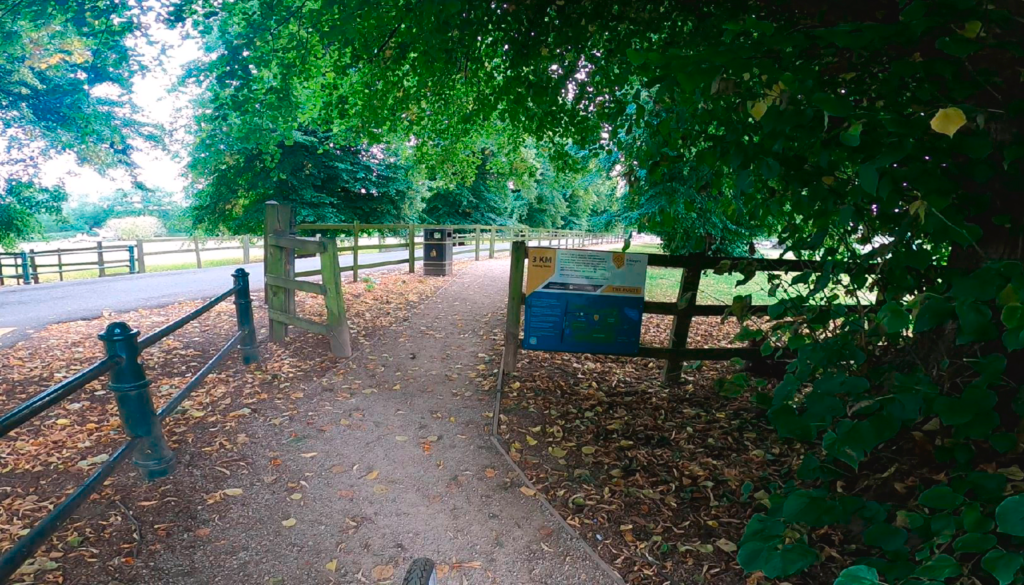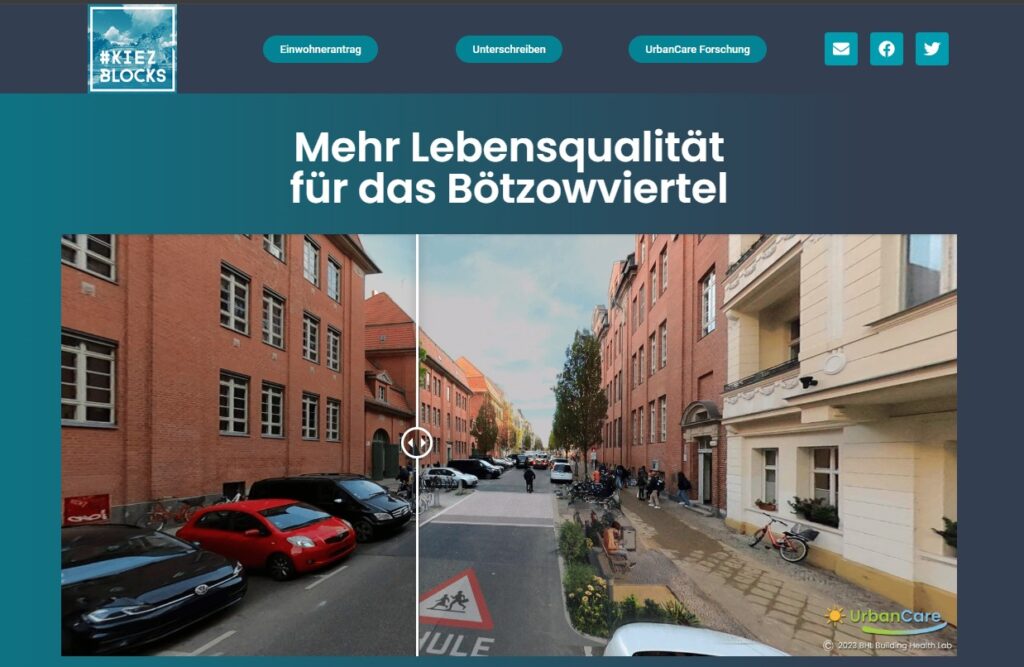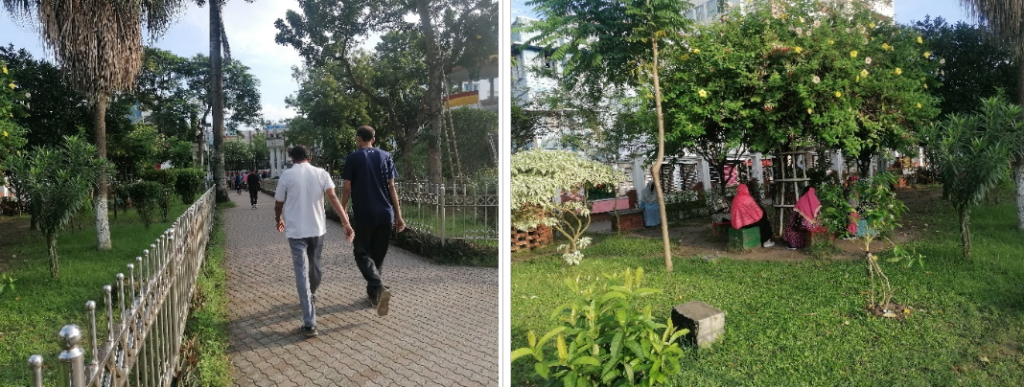City Know-hows

Despite historic disinvestment and stigmatizing portrayals of public housing, residents often describe their place as a source of refuge. We explored the ways residents of a predominately Black public housing complex undergoing redevelopment construct meanings of place, emphasizing their place-making efforts to challenge their social marginalization and foster community health.
Share
Target audience
Planners, government officials and community-based organizations
The problem
Public housing in the United States is often portrayed as sites of distress, yet despite these negative portrayals, residents often characterize their place as meaningful homes where they engage in place-making and community-building. The presence of strong connections to community and place among residents may help explain why redevelopment programs focused on demolition and forced relocation have led to mixed results for improved mental and social well-being.
What we did and why
We focus on the lived experiences of 29 residents of a predominantly Black public housing community in Baltimore, Maryland undergoing redevelopment to explore their attitudes towards redevelopment and decisions to relocate permanently or return to their former communities after revitalization. We delved into the complexities of residents’ perspectives of their place to gain a holistic understanding of the potential health impacts of redevelopment and to develop strategies to advance health equity.
Our study’s contribution
We provide a multifaceted view of the lived experiences of place among residents in public housing. Our findings highlight how redevelopment can unsettle deeply rooted ties to home, place, and community. Thus, in light of ongoing urban revitalization and public housing redevelopment efforts in the United States, we emphasize the need to elevate residents’ experiential knowledge of place and community in public policy and housing interventions to facilitate structural and interpersonal change.
Impacts for city policy and practice
Prioritizing the desires of existing residents in public housing and offering them opportunities for meaningful placemaking of their communities prior to and during redevelopment could help them reclaim place and community attachments to promote health and health equity. Our findings can guide current and future public housing revitalization initiatives to nurture community well-being by stressing the need for holistic, community-driven planning that uplifts community power and existing residents’ positive connections to place and community.
Further information
Full research article:
The symbolic meanings and experience of place among residents in public housing awaiting relocation in Baltimore, Maryland by Jessie Chien, Ashley Q. Truong, Abigail Pollock, Ernestine Chambers, Anita Donaldson, Subira Brown, Haneefa T. Saleem, and Sabriya L. Linton.
Related posts

Wayfinding interventions offer a viable, low-cost, intervention to increase recreational walking in urban greenspaces for irregular users, older adults and those with mobility impairments.

This thermal study is part of an urban ecosystem evaluation to inform a pedestrian plan in Berlin. Germany.

Public open spaces (e.g., parks, sports fields) are important for people to be physically active. However, previous studies, mostly conducted in Western countries, show that people are predominantly sedentary in such spaces. We found that public open space users were more active in Asia, suggesting a potential contribution of such spaces to people’s health.